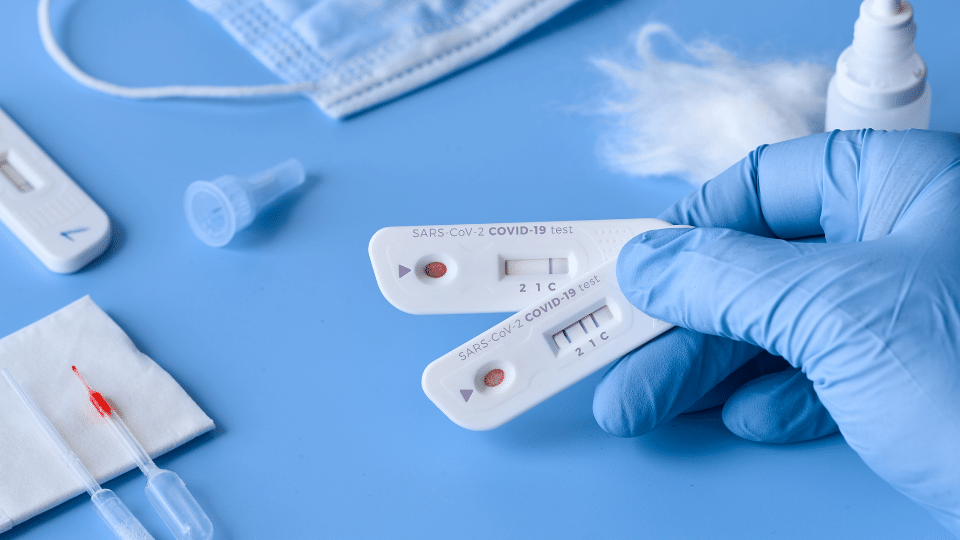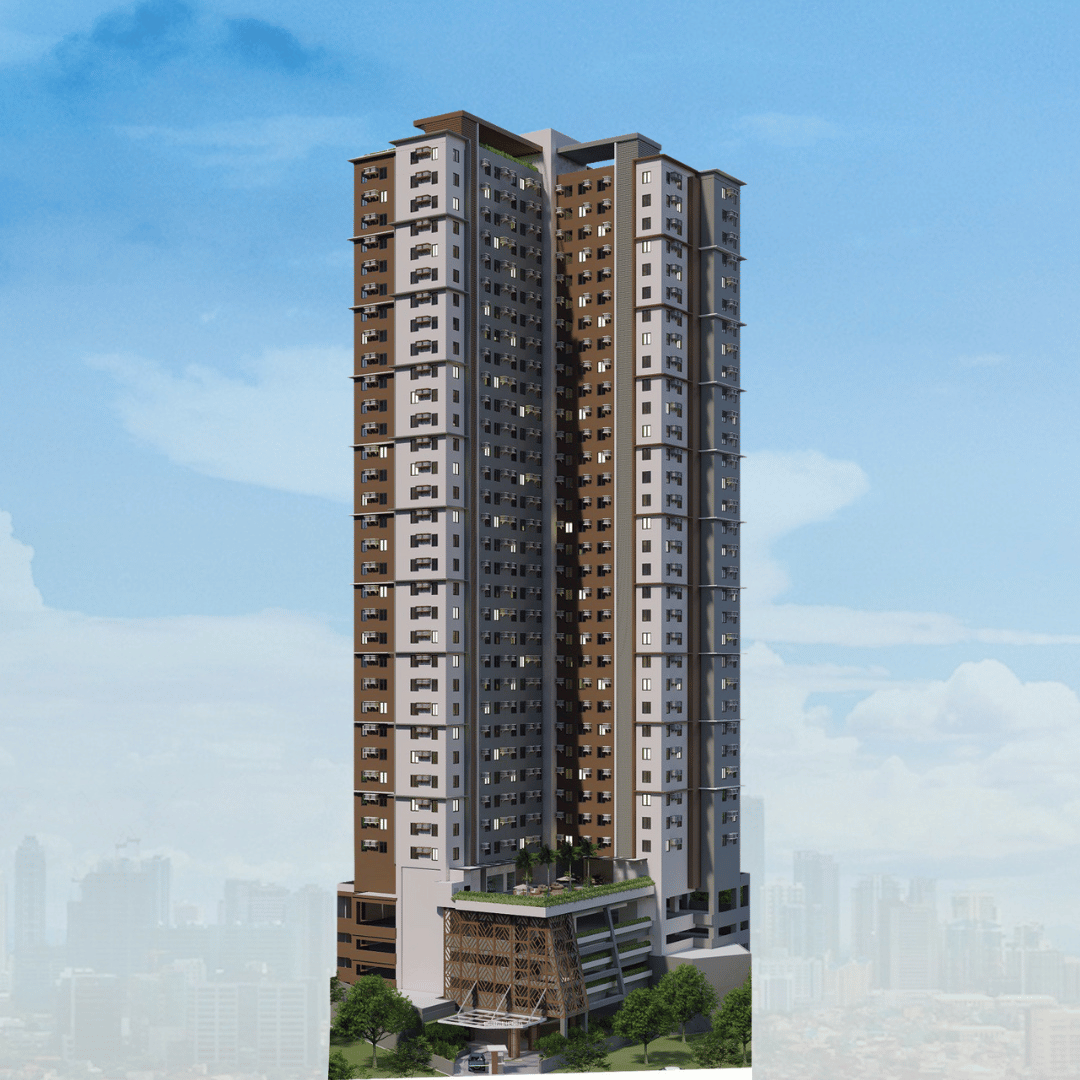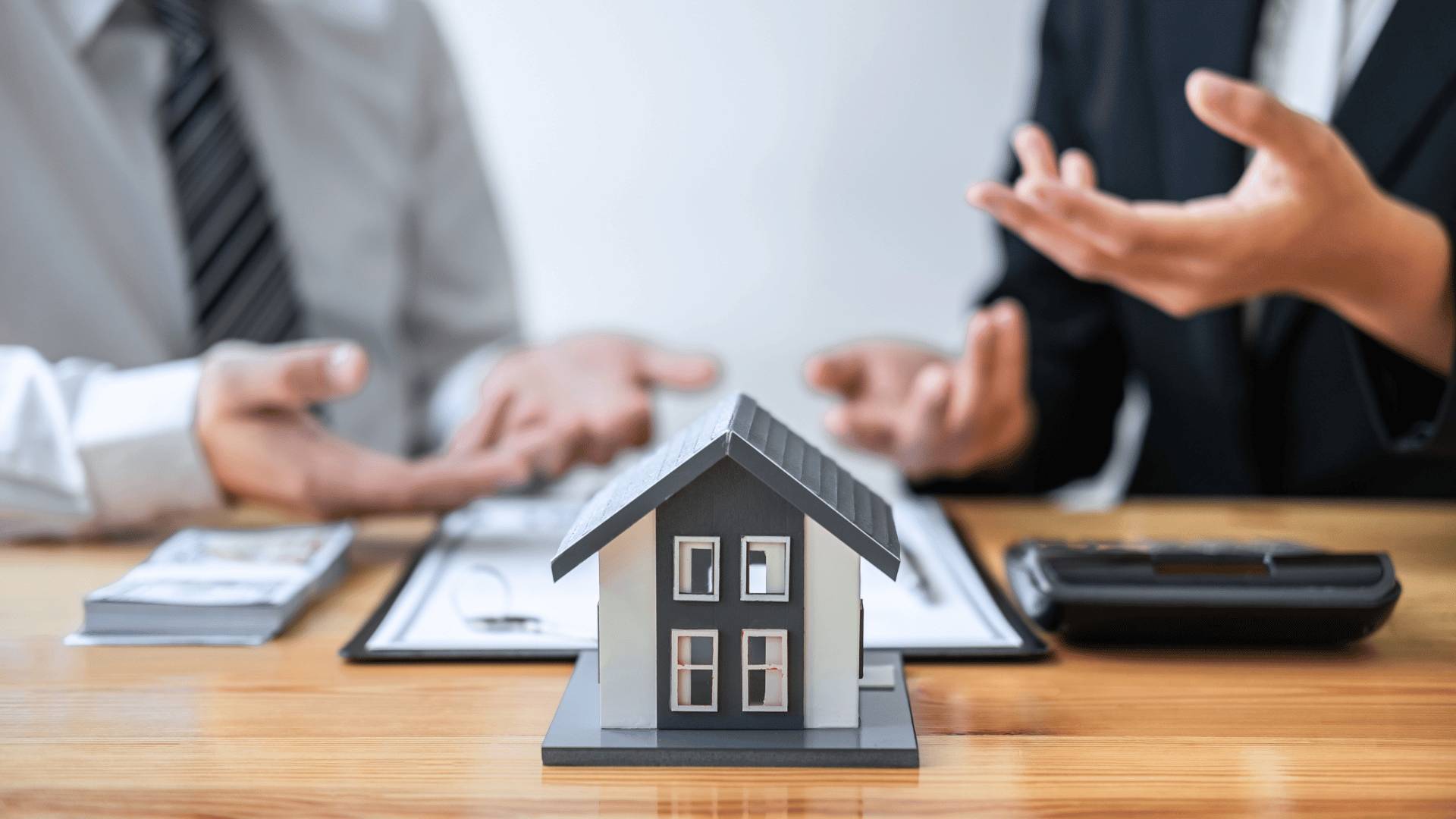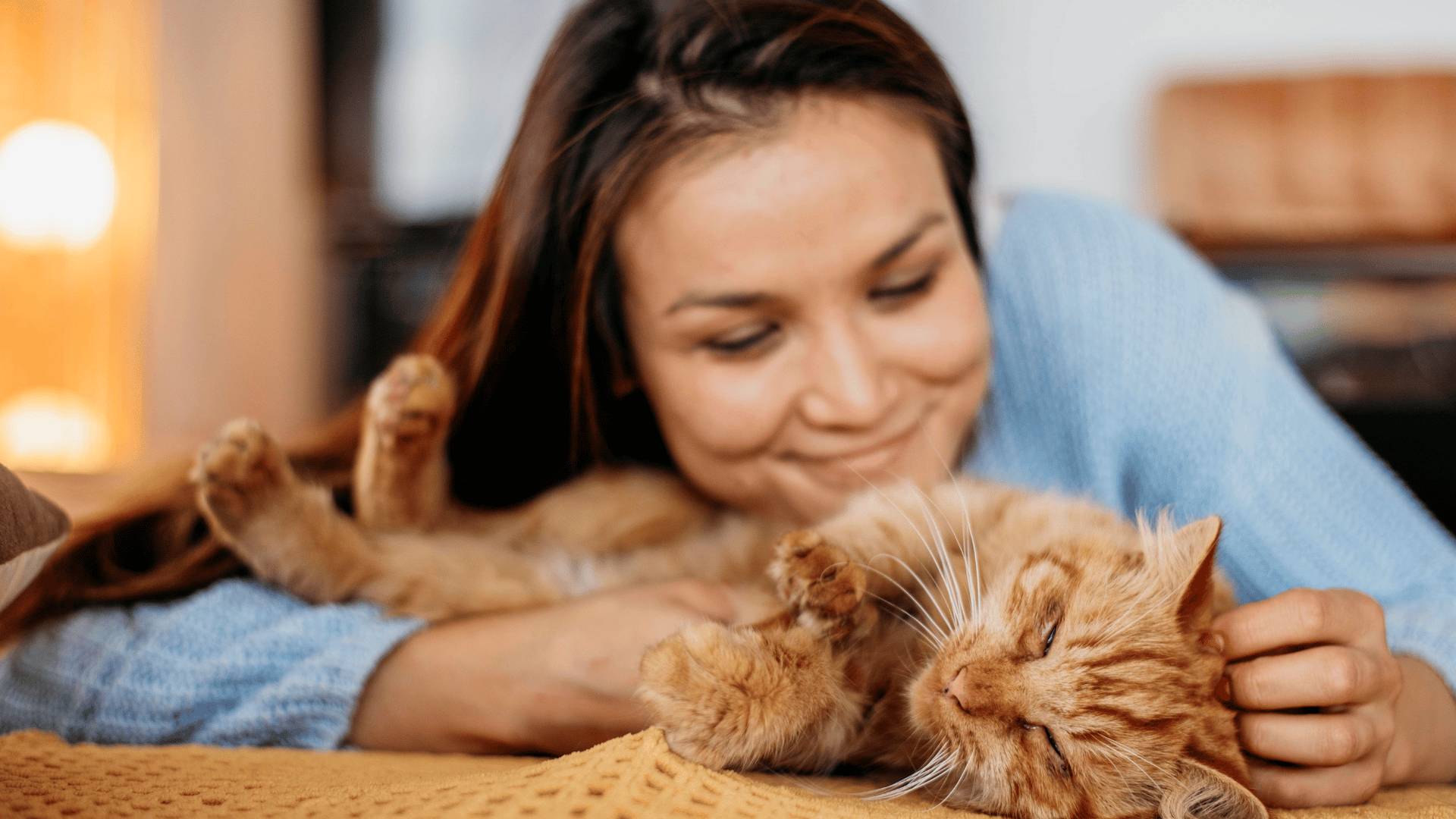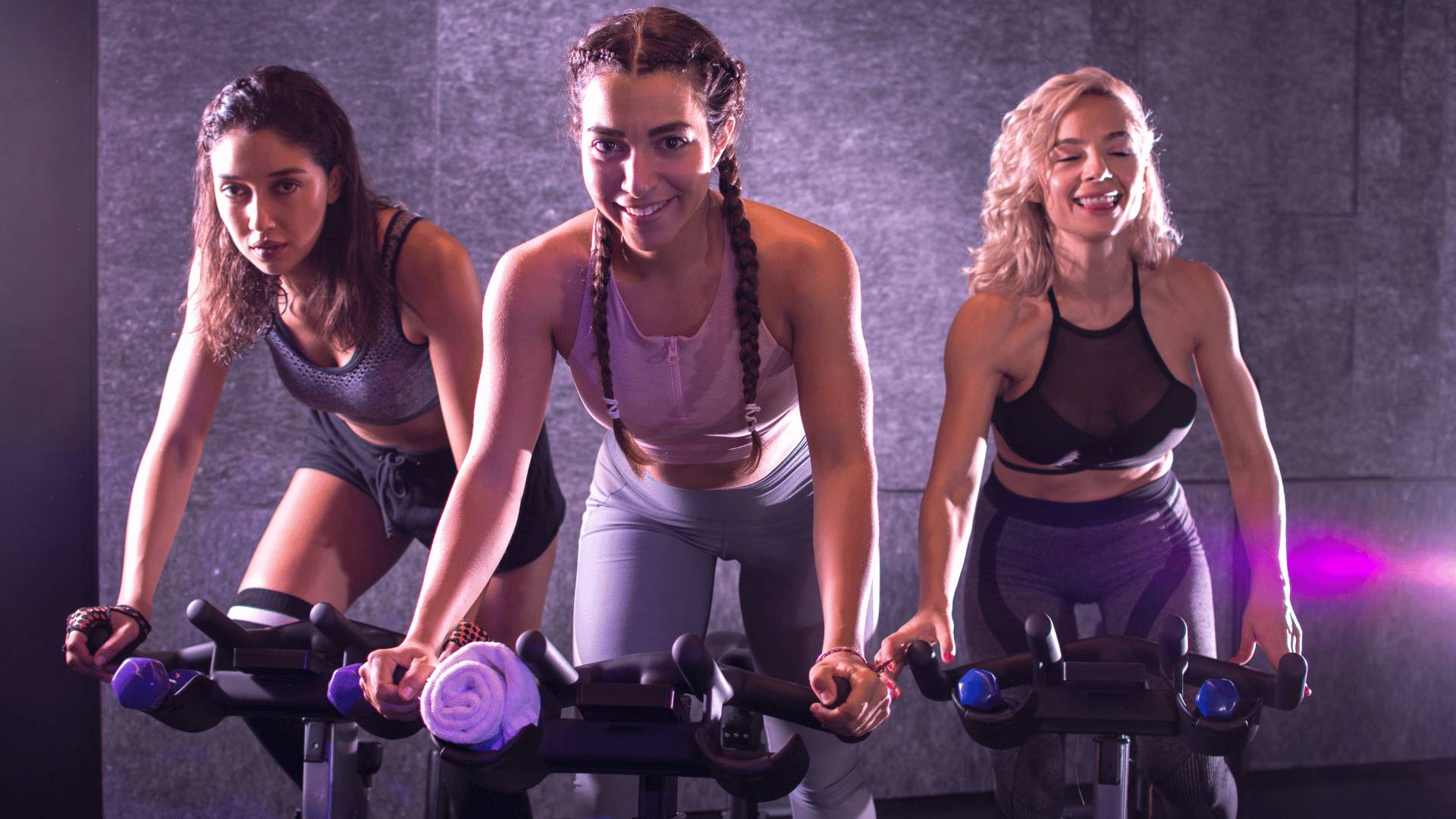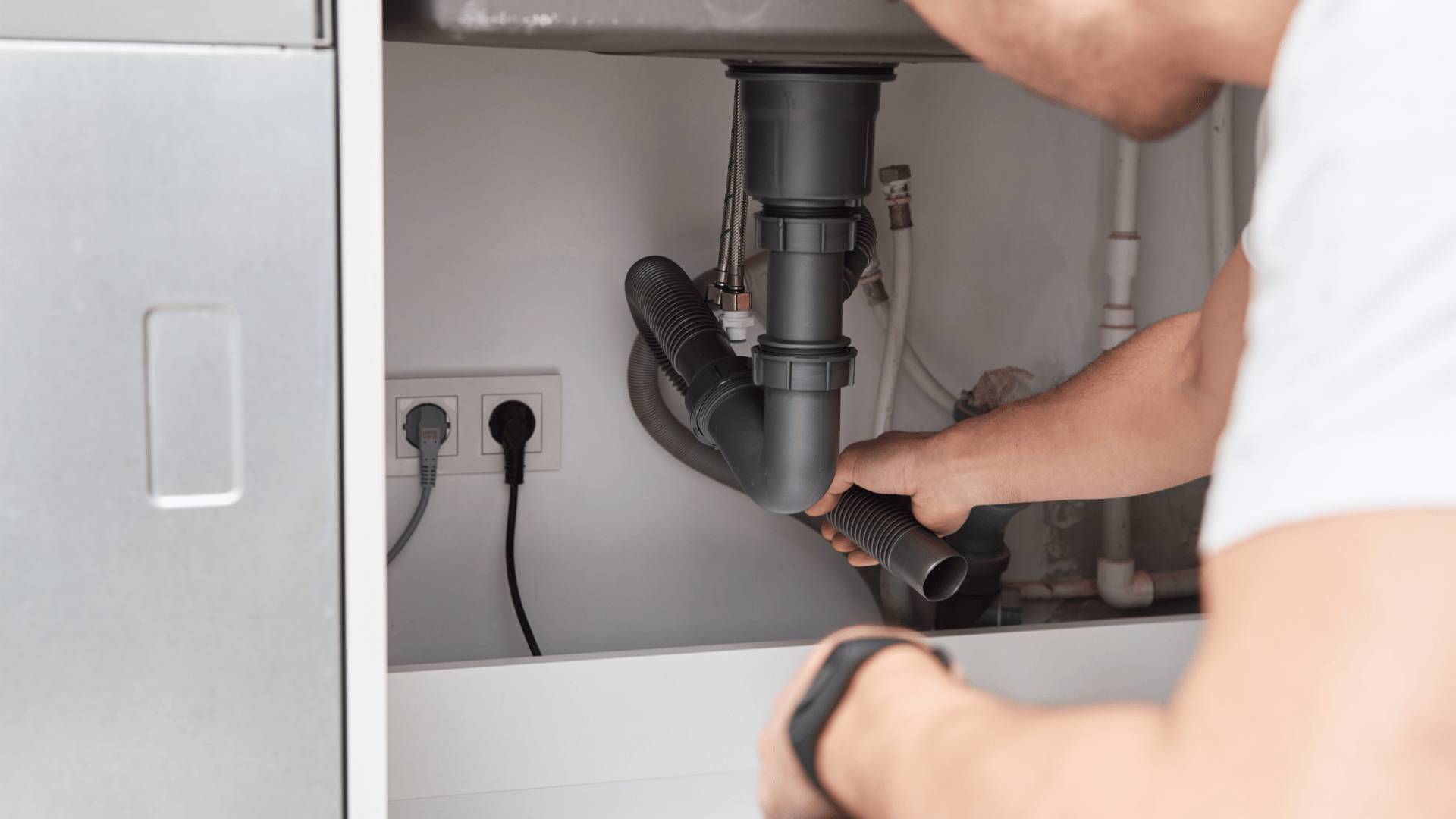As a condo owner, condo living entails using common areas and facilities shared with other residents, and sometimes, no matter how careful and obedient you are to the COVID-19 safety guidelines, COVID-19 can be a rude surprise since there is still a lot about the virus that we are yet to understand and transmissible variants just pops out one after another. Hence, you may want to consider keeping COVID-19 self-test kits at home.
The demand for at-home COVID test kits has increased dramatically in the wake of an increasing number of coronavirus cases. Molecular RT-PCR testing is claimed to be more accurate, but rapid home self-tests deliver results faster, thus many think that they decrease delays and alleviate the burden on diagnostic laboratories.
A self-test can be performed at home, in the comforts of your condo. However, it is still being debated whether or not a self-testing kit can detect the new variant despite its reputation as being efficient. Here are some things you need to learn about home self-test kits and how to use them.
Why You Should Self-Test
In addition to vaccination, masking, and physical distance, self-tests can be used to reduce the risk of viral transmission, protecting both you and others around you. In order to make decisions that help prevent the spread of COVID-19, you can self-test even if you don't have symptoms or are completely vaccinated.
According to CDC, self-test kits may be useful if you have COVID-19 symptoms or have been exposed or possibly exposed to an individual with COVID-19. The self-test kit can be especially important before gathering indoors with others who are unvaccinated, older individuals, and those with compromised immune systems, as well as those at high risk of contracting a serious disease.
General Guidance and Warnings in Using Self-Testing Kits
When doing an at-home COVID-19 self-test, be sure to read and follow all testing pouch instructions, especially if it is your first time conducting the test. Allow the swab to sit for the specified amount of time without meddling it.
Before doing any test, make sure you thoroughly wash and sanitize your hands. It is imperative that you follow these simple hygiene guidelines to ensure that the test findings are reliable.
Observing this general guidance and warnings increases the chance of a more reliable result.
- Use a different kit for each individual. Each test kit item can only be used once.
- You cannot reuse the items in each test kit. Reporting each individual's result is required.
- The swabbing and testing process may require assistance if you have issues with your hands or vision.
- Swab the opposite nostril if you have a nose ring or other body jewelry. Remove the piercing on one side before swabbing if it's on both sides.
- Wait 24 hours if you had a nosebleed in the past 24 hours, or use the opposite nostril.
- Don't eat or drink anything for at least 30 minutes before taking the test to minimize the possibility of compromising it.
- It's important to note that these kits are only meant to be used by humans.
Step-by-Step Guide in Using Self-Testing Kit
Prepare the following:
- A timer such as a watch or a clock
- Tissues
- A mirror
- Surface cleaner
- Hand sanitizer or soap and access to warm water.
In your self-test kit, you should have the following:
- Extraction tube holder
- Test strip in sealed packaging
- Extraction buffer sachet
- Extraction Tube
- Waste bag
- Swab inside the sealed wrapper
Step-by-Step guide in self-testing for COVID-19:
- Prepare the test surface by clearing, cleaning, and drying it as soon as possible before beginning the test.
- Use soap and warm water for 20 seconds or a hand sanitizer to thoroughly clean your hands. Rewash your hands and the surface you're testing on after each test if you are doing more than one test.
- You'll need to locate the sterile swab and extraction buffer tube as well as the tube cap and test device.
- Slightly bend your head and the stick should be inserted around 2 cm into the nostril. The stick should be rotated at least four times. Repeat the process with the other nostril. There's no need to use any force at all. This might be uncomfortable. Avoid going any farther if you feel any resistance or pain when inserting the swab. Note that keep the swab's tip away from your lips, teeth, gums, or any other parts of your mouth. Your sample might be contaminated if it comes into contact with anything else. Always avoid touching the swab's tip with your hands.
- Insert the swab into the extraction buffer tube. While squeezing the buffer tube, stir the swab 5 times. Remove the swab while still squeezing the tube so that as much liquid as possible ends up in the tube. Re-seal the tube by securing the lid.
- Add four drops to the test device's specimen well. Check out the results after 15 minutes, or as indicated by your self-test kit’s manual. Note: Don't check the results 30 minutes after you opened the test device. It might provide you with false results. Hence, once you’ve opened the test device/strip, start the test right away.
- Make sure you wash your hands properly after conducting the test.
How to Read the Results
Positive Result: There is a line next to the letter C and another line next to the letter T.
Negative Result: There is a line next to the letter C, but no line next to the letter T.
The results of your test are invalid in all other scenarios. Your test is likewise invalid if no lines show or merely a line next to the letter T show. If this is the case, do a second test using a new kit.
If your self-test is positive, you are likely COVID-19 positive and you need to verify the self-test result with a PCR test. You must immediately separate yourself if a self-test is positive. Contact tracing will begin if a lab confirms the positive result. For at least ten days, you must remain indoors.
Does the result of your test come back as negative? Hence, you are probably not infectious at this time. You don't have to isolate yourself. Consider the fact that a self-test is just ever a snapshot and cannot be relied upon to be completely accurate. If you notice any symptoms, don't hesitate to go to the doctor. Continue to abide by the regulations as they are laid forth.
How to Spot False Positive/Negative
A COVID test kit displays two lines next to the letters C and T, or one line next to C to indicate whether the person tested is positive or negative. You may have difficulty interpreting the results if you see extremely faint lines on the testing device, and chances are, it may be a false negative or positive.
An expert's opinion is that your test results are influenced by the interpretation window. Regardless of the result, if a line occurs before the end of the interpretation window, which is normally 15 minutes (refer to your self-test kit manual), it is likely accurate.
It does not count as a positive or negative test if, however, the line appears after the interpretation window.
Hence, it's critical that you get your hands on the results as quickly as possible. For some self-test kits, it usually takes 30 minutes, however, some tests have a 15-minute time limit.
Self-Test Kit vs RT-PCR
It is possible that self-COVID tests are not as accurate as molecular or RT-PCR testing.
Despite the convenience of at-home antigen self-testing, the risk of false-positive or negative results is substantially greater than with an RT-PCR test. As a key explanation for this- an antigen test only looks at proteins, not virus RNA. In contrast to rapid testing, molecular testing focuses on the RNA, or genetic component of the virus, which is likely to provide the most accurate results.
Therefore, an RT-PCR test is a need if you want to avoid any diagnostic errors.
If you are thinking of moving in to a new condominium, check out Vista Residences!
Vista Residences is the condominium arm of the country’s largest homebuilder, Vista Land & Lifescapes, Inc. that offers ready for occupancy and pre-selling condominium projects in Manila, Makati, Mandaluyong, Quezon City, Ortigas, Baguio, Cebu, and CDO that are strategically located within major cities, in close proximity to premium universities, transit oriented locations and developed business districts.
At Vista Residences, unit owners can take advantage of the property’s centrality. The properties of Vista Residences are strategically located near the country’s premium universities and CBDs, making them an attractive investment for both local and foreign investors.
Living in Vista Residences enables you to enjoy convenience, where everything is pretty much within walking distance or a few minutes away from the property; comfort because the project features and amenities are designed to deliver comfort at all times, which makes condo living a worthy investment; security that is 24/7 and CCTV monitoring, which makes the residents safe and secure within the property.
In line with Vista Residences’ thrust to offer convenience among its residents, it also features an AllDay Convenience Store and Coffee Project in all its projects.
For more information on Vista Residences, email info@vistaresidences.com.ph, follow @VistaResidencesOfficial on Facebook, Twitter, Instagram, and YouTube, or call the Marketing Office at 0999 886 4262 / 0917 582 5167.
